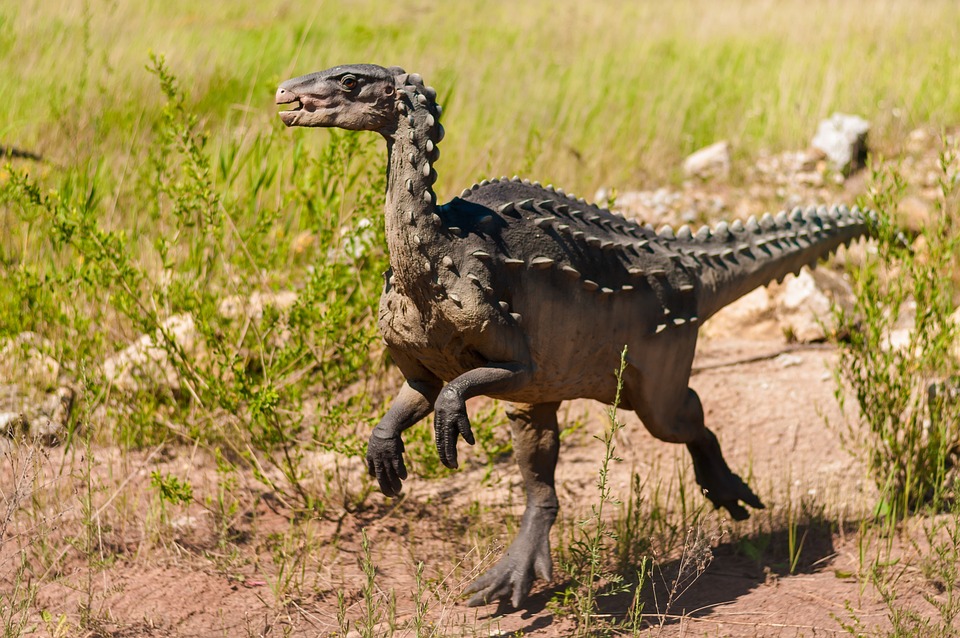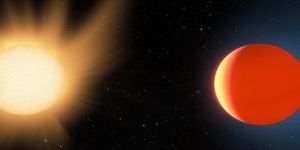Paleontologists use scanning electron microscopy to analyze dinosaur egg fossils
Scientists report using scanning electron microscopy to examine the surfaces of dinosaur egg fossils in order to determine their species. Their findings are published in the journal ACS Omega.
Dinosaur egg fossils are not uncommon – in fact, they have been discovered on every continent on the globe. Yet figuring out which dinosaur laid a specific egg fossil continues to be a tedious puzzle that paleontologists struggle to put together.
This new study went about attempting to identify an eggshell fossil found in Mexico in a new approach: analyzing its microstructure. In a comparative analysis, the team of researchers used scanning electron microscopy to look at the external and internal surfaces of the unidentified eggshell in addition to four identified samples. They also examined a cross-section of each eggshell.
The samples came from eggshells found in the El Gallo Formation of Baja California. Previous investigations based on the eggs' shapes and sizes and the fossil record of the area had already identified three of the eggs as ornithopods eggs. Ornithopods were bipedal herbivores from the hadrosaur family, known more colloquially as the duck-billed dinosaurs. The other identified eggshell came from a theropod, a member of bipedal carnivores from the troodontidae family. These were small, bird-like dinosaurs.
In comparing these four identified eggshells, the team noted that the ornithopods shells had nodes across them while the theropod shell was smooth. The unidentified shell meanwhile also had nodes on its outer surface. Images of the ornithopod shells from the scanning electron microscopy showed that the cross-sections had calcite crystals called mammillary cones in a unique formation compared to those of the theropod shell. The unidentified shell was more similar to the ornithopod shells, making the researchers think that it likely came from the hadrosaur family.

The results of an elemental composition analysis that the researchers conducted show similar findings. “The chemical components present in the structures of each of the samples were estimated using the information obtained from SEM-EDS, evidencing the presence of calcite, quartz, and albite in each of the samples,” write the authors. “The composition reveals that eggshells contain Si, P, S, K, Ca, Mn, Fe, and Sr and trace elements such as Cr, Cu, and Zn. The presence of heavy metals may be an indication that the eggshells presented diagenetic alterations.”
The team says their discovery could help paleontologists to better understand how the fossilization process differed among locations and species.
Sources: ACS Omega, Eureka Alert









